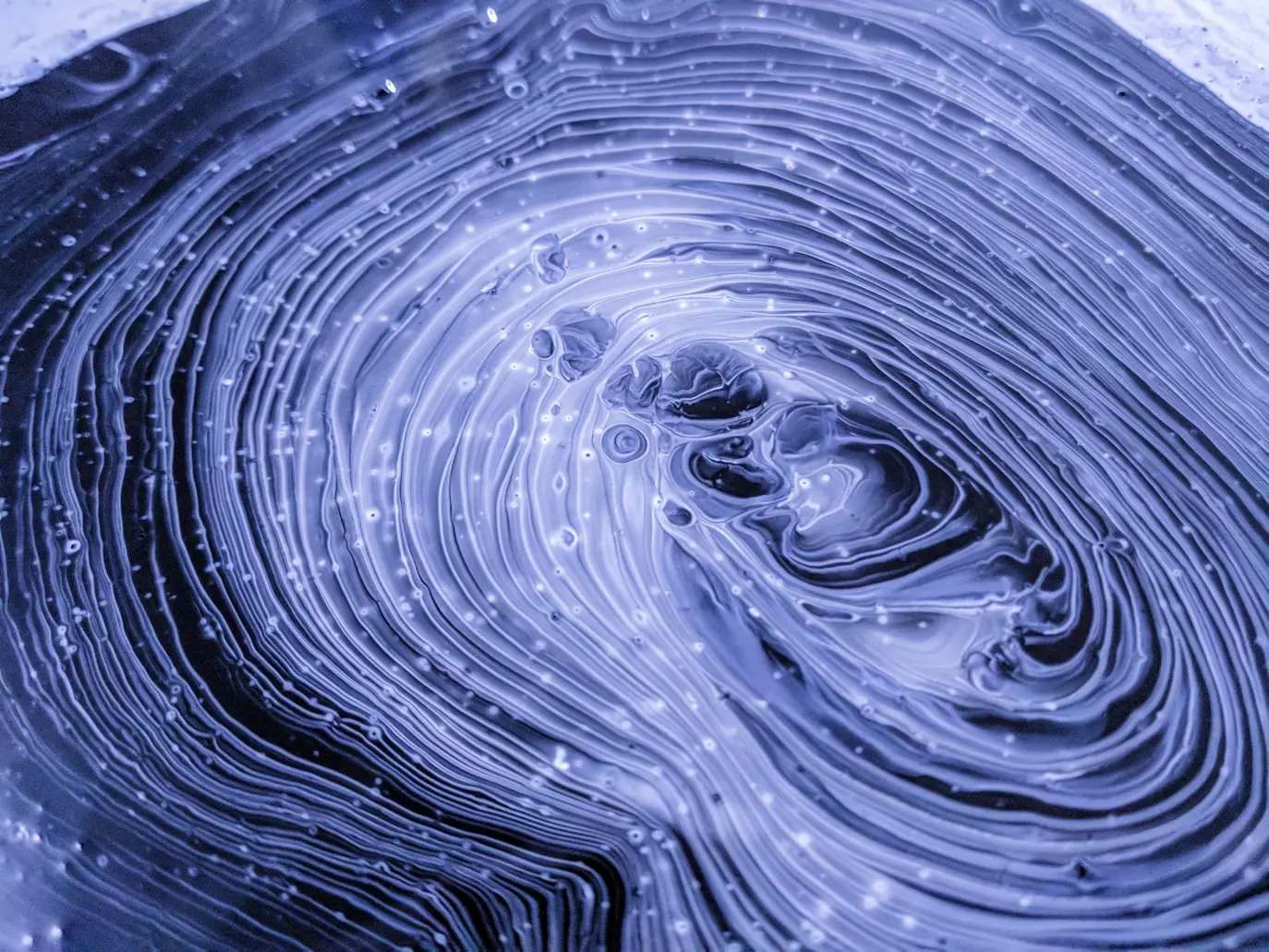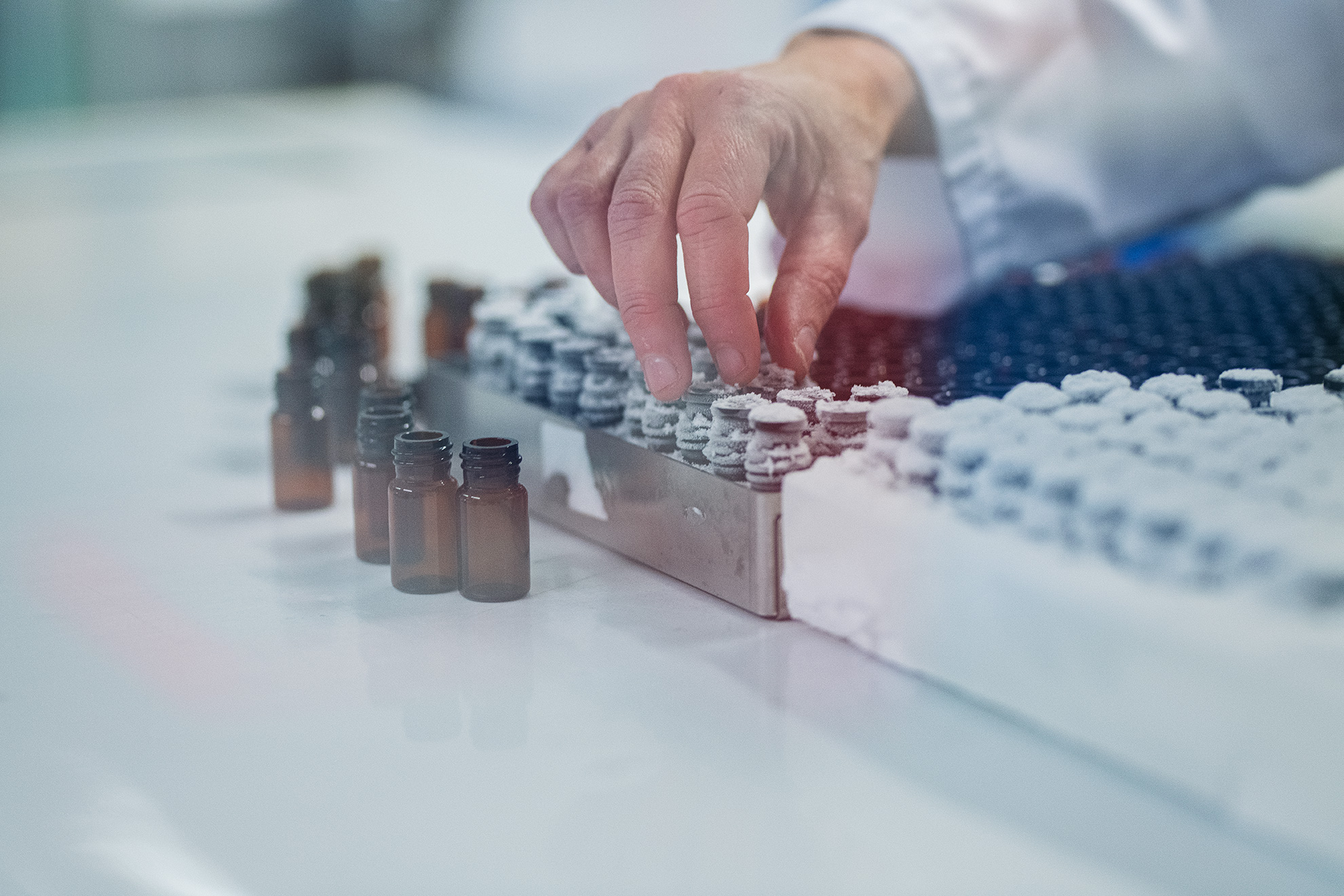Comprehensive assessment of ECM turnover using serum biomarkers establishes PBC as a high-turnover autoimmune liver disease.
Abstract
BACKGROUND & AIMS
Primary sclerosing cholangitis (PSC), primary biliary cholangitis (PBC) and autoimmune hepatitis (AIH) are phenotypically distinct autoimmune liver diseases that progress to cirrhosis and liver failure; however, their histological fibrosis distribution differs. We investigated the extracellular matrix (ECM) profiles of patients with PSC, PBC, and AIH to establish whether the diseases display differential patterns of ECM turnover.
METHODS
Serum samples were retrospectively collected from the UK (test cohort; PSC n = 78; PBC n = 74; AIH n = 58) and Norway (validation cohort; PSC n = 138; PBC n = 28; AIH n = 27). Patients with ulcerative colitis without liver disease (n = 194) served as controls. We assessed specific serological biomarkers of ECM turnover: type III and V collagen formation (PRO-C3, PRO-C5), degradation of type III and IV collagen (C3M, C4M), biglycan (BGM) and citrullinated vimentin (VICM).
RESULTS
Most of the ECM markers showed elevated serum levels in PBC compared with PSC or AIH ( <0.01). PRO-C3 correlated well with liver stiffness and showed the most striking differences between advanced and non-advanced liver disease; several of the other ECM markers were also associated with stage. PRO-C3 and other ECM markers were inversely associated with ursodeoxycholic acid treatment response in PBC and remission in AIH. All ECM remodelling markers were significantly elevated ( <0.05) in patients with PSC, PBC, or AIH compared with ulcerative colitis.
CONCLUSIONS
In this first study comparing ECM turnover in autoimmune liver diseases, we found increased ECM turnover in PBC compared with either PSC or AIH. The study indicates that ECM remodelling is different in PSC, PBC, and AIH, suggesting differing opportunities for therapeutic intervention.
LAY SUMMARY
The level of scarring is linked to prognosis in autoimmune liver diseases such as primary sclerosing cholangitis, primary biliary cholangitis, and autoimmune hepatitis; hence, the scarring process is a possible target for novel therapy. Investigating the scarring process using highly specific technology, we show that the scarring process is different between the 3 autoimmune liver diseases, and this may have important implications for the development of medical treatment.



